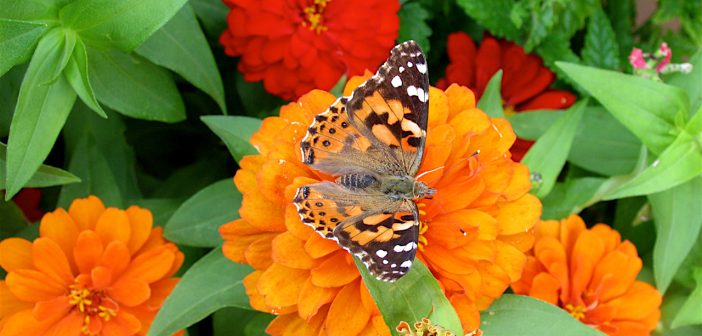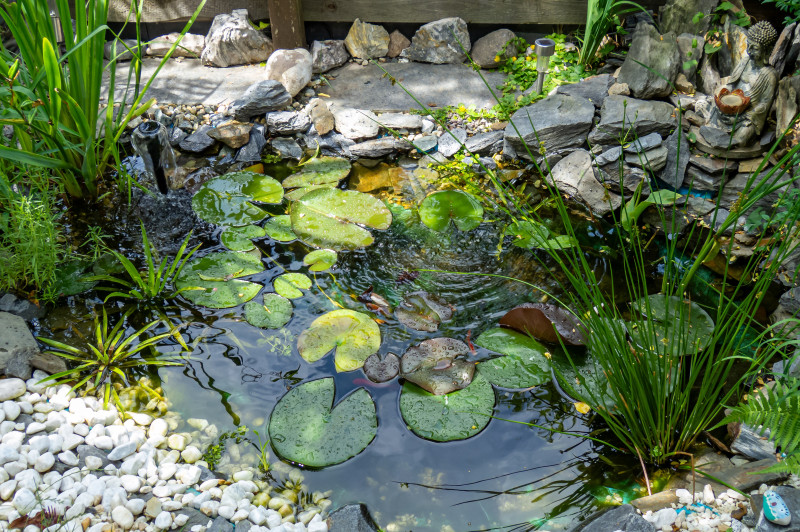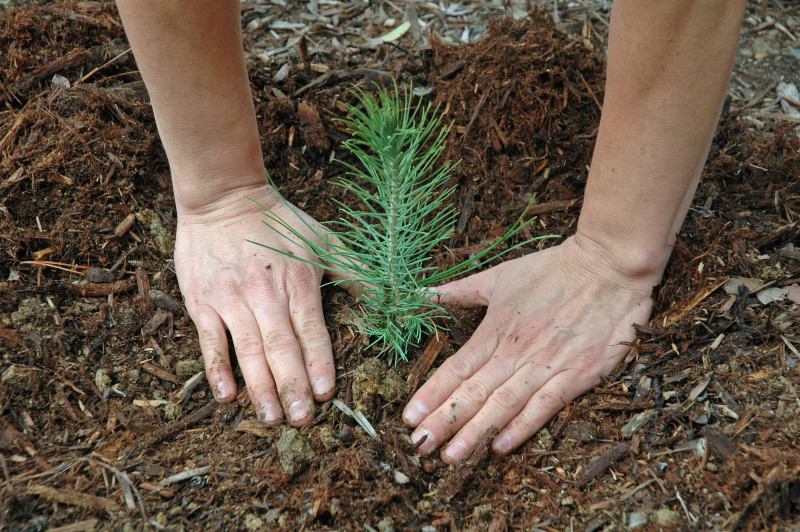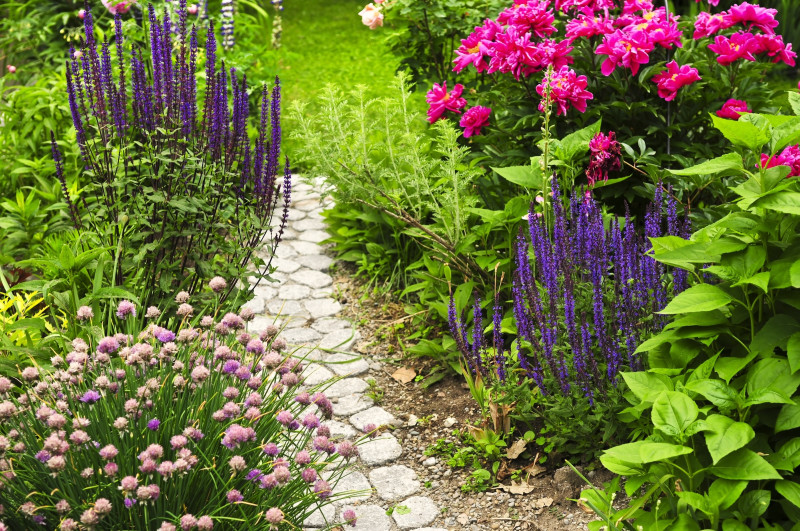Want to attract more butterflies to your yard? Then double its appeal by offering host plants along with nectar plants. Why two kinds? Adult butterflies don’t have teeth and survive by sipping nectar from flowers, but their caterpillars have chewing mouthparts and survive by eating plants, called host plants.
No single host plant will work for all butterflies. Different species want different plants, ones that will be a suitable food source for their caterpillars after they hatch. For example, the female Monarch Butterfly sips nectar from many kinds of flowering plants, but will only lay her eggs on milkweed plants, while the Eastern Tiger Swallowtail wants Sycamore and willow trees as host plants. And, the Common Buckeye seeks out snapdragons on which to lay her eggs. So, plan to add several different kinds of plants. More on attracting butterflies
The right host plant is a matter of life or death for a caterpillar—if you pluck one off a parsley plant and place it on, say, an aster, it’ll starve to death. That’s because the plants aren’t related. There is such a tight bond between a caterpillar and its host plant that sometimes, even a switch between two related plants will cause it to stop eating.
The butterflies listed below are some of the more common ones you may attract to your yard or garden if you add host plants. Note that some of these butterflies may not inhabit your particular area.
BUTTERFLY SPECIES AND THEIR HOST PLANTS
Key: A=annuals; P=plant; T=tree; S=shrub; H=herb; V=vegetable; L=legume; G=grass
| SPECIES | HOST PLANTS | TYPE |
|---|---|---|
| American Copper | Sorrel, Curly Dock | H, P |
| American Lady | Pussy Toes, Pearly Everlasting, Ironweed | P |
| American Snout | Hackberry | T |
| Anise Swallowtail | Anise, Fennel, Parsley, Dill, Parsnip, (Citrus) | H, (T) |
| Baltimore Checkerspot | Turtlehead | P |
| Banded Hairstreak | Oak, Walnut, Hickory | T |
| Black Swallowtail | Dill, Parsley Fennel, Parsnip | H |
| Buckeye | (Snapdragons), Plantain, Toadflax | (A), P |
| Cabbage White | (Cabbage, collards), Brussels Sprouts | (H), V |
| California Dogface | False Indigo | P |
| California Sister | Oak | T |
| Carolina Satyr | Grasses | G |
| Checkered Skipper | Mallow, Hollyhock | P |
| Cloudless Sulphur | Partridge Pea, Senna | P |
| Colorado Hairstreak | Oak | T |
| Diana Fritillary | Violets | P |
| Dogface | Lead Plant, False Indigo, Clovers | P |
| Dotted Checkerspot | Beardtongues | P |
| Dreamy Duskywing | Willows, Poplars, Aspens | T |
| Eastern Comma | Nettles, Hops, (Elms) | P, (T) |
| Eastern Tailed-blue | Clovers, Alfalfa, Wild Pea | P, G, L |
| Eastern Tiger Swallowtail | Sycamore, Willows | T |
| Giant Swallowtail | Hop Tree, Citrus, Rue, Prickly Ash | P |
| Gorgone Checkerspot | Sunflowers | P |
| Gray Hairstreak | Mallows, Clovers, (Cotton), Hawthorn | P, (A), T |
| Great-spangled Fritillary | Violets | P |
| Gulf Fritillary | Passion Vines | V |
| Hackberry Emperor | Hackberry | T |
| Horace's Duskywing | Oaks: Red, White, Scrub, Post, Live | T |
| Karner Blue | Lupine, Legumes | P |
| Marine Blue | Alfalfa, Legumes, (Mesquite) | P, (T) |
| Monarch | Milkweeds | P |
| Mourning Cloak | Willows, Poplars, Cottonwood, Elms, Alders | T |
| Orange Sulphur | Clovers | P |
| Oregon Swallowtail | Sagebrush, Parsley | P |
| Painted Crescent | Asters | P |
| Painted Lady | Thistles, Hollyhock, Mallows, Legumes | P |
| Pearl Crescent | Asters | P |
| Pipevine Swallowtail | Pipevines | V |
| Queen | Milkweeds | P |
| Question Mark | Nettles, False Nettle, Elms, (Hackberry) | P, (T) |
| Red Admiral | Nettles, (Hops) | P, (V) |
| Red Satyr | Grasses | G |
| Red-banded Hairstreak | Fallen leaves of (Sumacs), Oaks, Wax Myrtle | (S), T |
| Red-spotted Purple | Cherries, Oaks, Poplars, Willows, Cottonwood | T |
| Regal Fritillary | Violets | P |
| Sachem Skipper | Grasses | G |
| Sandia Hairstreak | Beargrass | P |
| Satyr Comma | Nettles | P |
| Silver-spotted Skipper | False Indigo, Locust | P, T |
| Silvery Checkerspot | Black-eyed Susan, Sunflowers | P |
| Spicebush Swallowtail | Spicebush, Sassafras | S |
| Spring Azure | Black Cherry | T |
| Summer Azure | Flowering Dogwood, New Jersey Tea | S |
| Tawny Emperor | Elms | T |
| Two-tailed Swallowtail | Chokecherry, Ash, Hop Tree | S, T |
| Viceroy | Willows, Poplars, Cottonwood | T |
| Zebra Longwing Swallowtail | Pawpaw | T |





